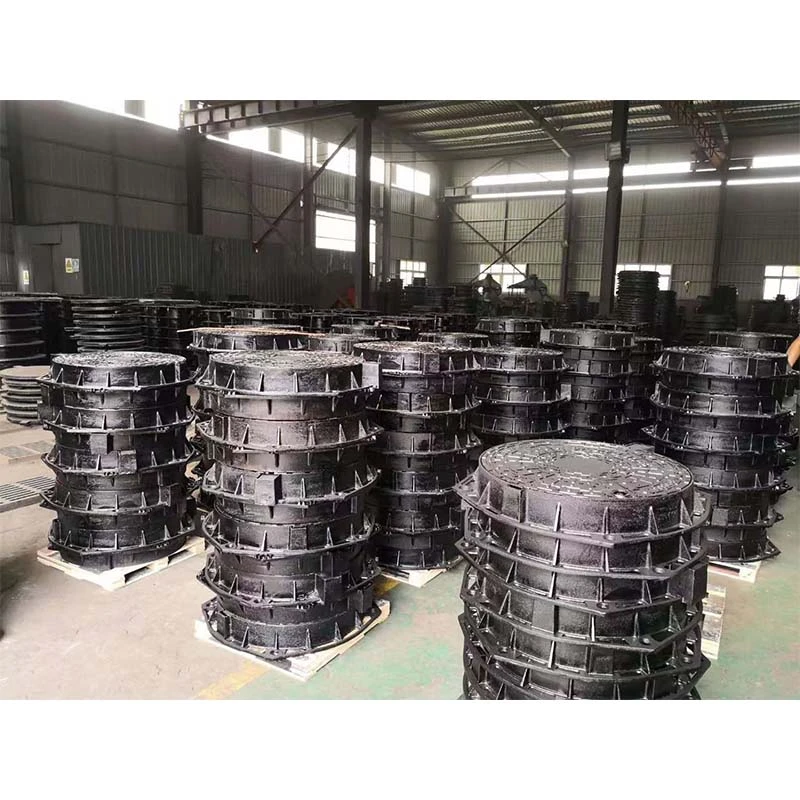composite bollards
Understanding Composite Bollards The Future of Protection and Aesthetics
In our ever-evolving urban landscape, the need for effective barrier solutions has never been more critical. Traffic management, crowd control, and security are paramount in city planning and public safety. One increasingly popular choice in this regard is the composite bollard. These modern barriers offer an ideal blend of functionality, durability, and aesthetic appeal, making them a preferred option for many municipalities and businesses.
What Are Composite Bollards?
Composite bollards are vertical posts used primarily to control traffic, protect pedestrian areas, and enhance safety in public spaces. Made from a combination of materials—typically fiberglass, plastics, and other polymers—composite bollards stand out for their enhanced performance characteristics when compared to traditional materials like concrete or steel.
Advantages of Composite Bollards
1. Durability Composite bollards are designed to endure harsh environmental conditions, including extreme temperatures, UV exposure, and moisture. Unlike metal varieties that can rust and corrode, or wooden options that may splinter or rot, composite bollards maintain their integrity and appearance over time. This resilience translates into cost savings, as they require less maintenance and replacement.
2. Lightweight and Versatile Being significantly lighter than concrete or steel bollards, composite versions are easier to install and reposition. This flexibility allows for greater adaptability in urban design. They can be used to delineate pathways, protect storefronts, or even act as decorative elements in parks and public squares.
3. Aesthetic Appeal One of the standout features of composite bollards is their aesthetic versatility. Available in a wide range of colors, shapes, and finishes, they can complement various architectural styles. Whether fitting into a modern glass facade or a historic brick setting, composite bollards provide an appealing solution that enhances the overall look of public and private spaces.
composite bollards

4. Safety Features Many composite bollards are designed to absorb impacts better than traditional materials, making them ideal for urban environments prone to vehicle collisions. Some models are engineered to meet specific crash-test standards, providing peace of mind for city planners and businesses alike. This level of safety is crucial in high-traffic areas where pedestrian safety is a top priority.
5. Eco-friendly Options With a growing emphasis on sustainability, many manufacturers produce composite bollards from recycled materials. This reduces the environmental footprint associated with urban installation projects and contributes to a more sustainable approach to urban infrastructure.
Applications of Composite Bollards
Composite bollards find application in various environments. They are commonly seen in
- Urban Streetscapes Used to protect sidewalks from vehicular traffic, they create safer walking environments while adding a stylish touch to urban spaces. - Parking Areas Providing segregation between car and pedestrian spaces, composite bollards enhance safety in parking lots by clearly outlining boundaries. - Public Parks and Recreation Areas Used as decorative barriers, they can help maintain the integrity of green spaces while also providing clear guidelines for visitor traffic. - Commercial Properties Businesses often use these bollards to protect storefronts from errant vehicles while promoting their brand through customized colors and designs.
Conclusion
As cities grow and the challenges associated with urban planning become more complex, the search for effective, durable, and aesthetically pleasing solutions continues. Composite bollards stand out as an innovation that meets these needs head-on. Their combination of strength, lightweight design, safety features, and eco-friendliness makes them a suitable option for a variety of applications. Whether used in busy city streets, serene parks, or bustling commercial areas, composite bollards contribute positively to safety, functionality, and the visual appeal of our public spaces. As more municipalities and businesses recognize their benefits, it's clear that composite bollards represent a valuable investment in the future of urban design.
-
The Smarter Choice for Pedestrian AreasNewsJun.30,2025
-
The Gold Standard in Round Drain CoversNewsJun.30,2025
-
The Gold Standard in Manhole Cover SystemsNewsJun.30,2025
-
Superior Drainage Solutions with Premium Gully GratesNewsJun.30,2025
-
Superior Drainage Solutions for Global InfrastructureNewsJun.30,2025
-
Square Manhole Solutions for Modern InfrastructureNewsJun.30,2025
-
Premium Manhole Covers for Modern InfrastructureNewsJun.30,2025
